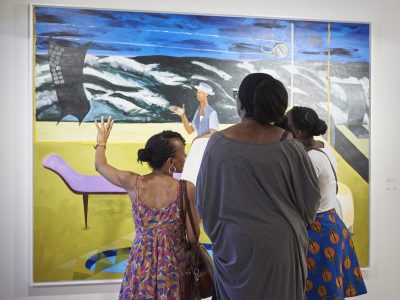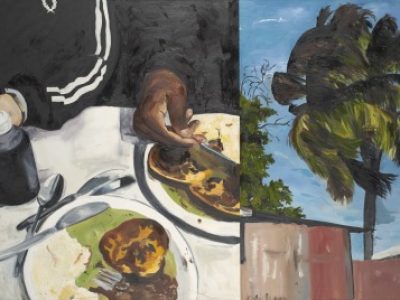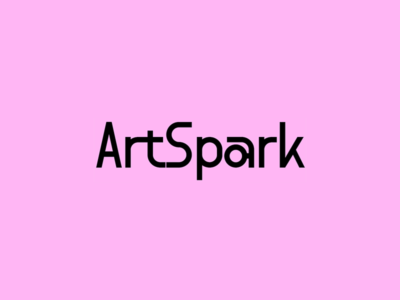Learn more about our interpretation
Nearly all our artworks are accompanied by some text that offers information or stories that aim to enrich your experience. ‘Interpretation’ is the word conventionally used to describe these texts but an artwork can evoke a unique response for everyone. We hope the texts answer some questions you might have when you see the work.
We are aware that some of the interpretations you read may represent viewpoints of individuals from particular groups in society, while those of others may not be represented. The Collection’s Representation of the People project, which started in 2018, is aimed, amongst other things, at identifying and acknowledging such biases in the Collection and finding ways of addressing them.
We are committed to capturing a range of perspectives in these texts that are representative of Britain’s vibrant and diverse society. Our texts are informed by academic research and ongoing consultation with experts in the field. With over 15,000 artworks in the Collection, researching, writing and editing interpretation is an ongoing process and is normally assessed when works go on display in a government building or public exhibition.
If you have any information about artworks or artists that you would like to share, please get in touch.
Find out more
Representation of the People Project 2018-28
Find out about the Collection's 10-year commitment to assess and improve representation in areas of age, physical ability, gender, race, class, ethnicity, sexuality and regional focus.
Voices on Art
In our Voices on Art project, we invited colleagues from the DCMS BAME network to select and reflect on artworks from the Collection that resonated with them.
Learn with us
Get closer to artworks and artists in the Collection with our free learning resources. Teachers and families will find plenty of inspiration to support classroom and online learning.


